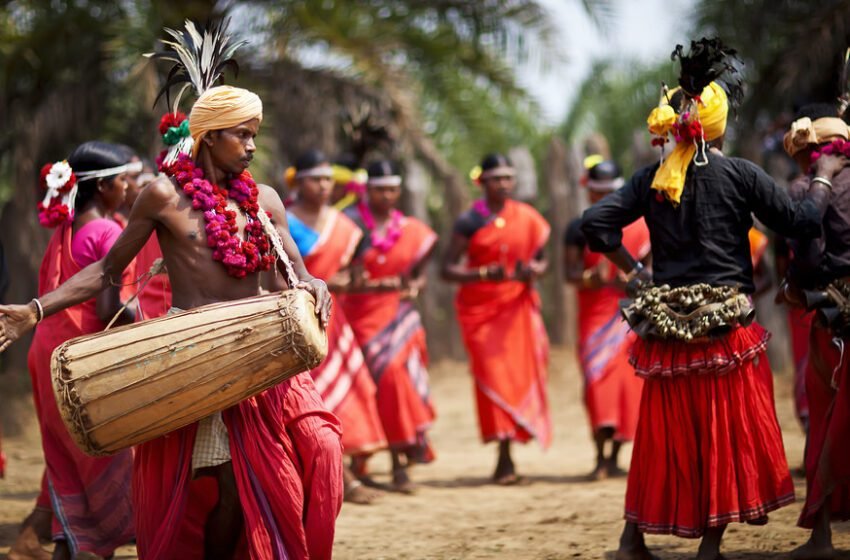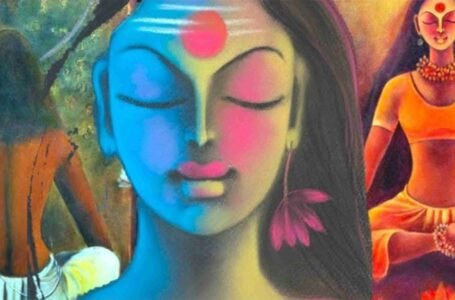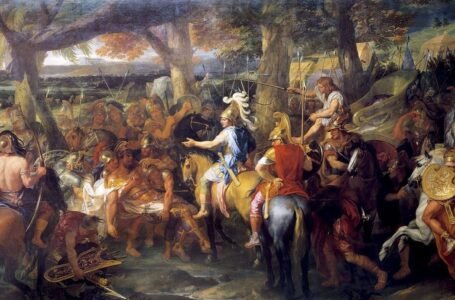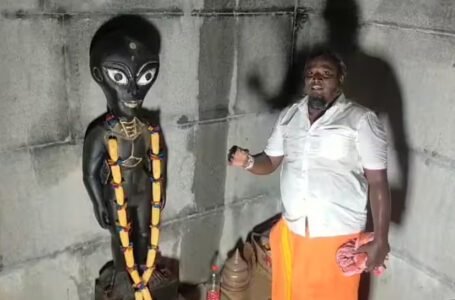Saila Dance of Chhattisgarh: A Celebration of Tribal Culture and Harvest

Chhattisgarh, known for its vast forests, rich mineral resources, and diverse tribal population, shelters some of the most ancient communities in India. These indigenous tribes have preserved their unique traditions, languages, and cultural expressions, including vibrant folk dances that serve as a medium of worship, storytelling, and seasonal celebration.
Among these, the Saila Dance stands out as a fascinating tribal performance, showcasing the spirit of joy, unity, and gratitude. Primarily performed by the Saila and Baiga tribes of Chhattisgarh, this dance marks the end of the harvest season and the arrival of festivities. Sticks are the central element of this dance, with performers using them to create rhythmic beats while moving in synchronized circular formations.
Despite its historical and cultural significance, Saila is gradually fading due to urbanization and changing lifestyles. This article delves into the origins, performance style, variations, and the challenges this unique dance faces in contemporary times while also exploring efforts for its revival.
Origins and Cultural Significance
Saila is performed primarily during the Aghan month (November–December), which follows the harvesting period. For the agrarian tribal communities of Chhattisgarh, harvest is a time of abundance and joy, making it an occasion for communal gatherings and celebrations.
The dance Is particularly popular in the Baitul, Sarguja, and Chhindwara districts, where it has been passed down through generations. Apart from harvest festivals, Saila is also performed before the advent of Diwali, especially by the Baiga tribe, who believe that dancing in honor of their deities ensures prosperity and good fortune for the coming season.
Interestingly, this dance is not just confined to a single festival. It is also associated with Dussehra and other village fairs, symbolizing the cyclical nature of time and the deep spiritual connection of the tribal communities with nature.
Performance Style and Dance Features
Saila is a stick dance, performed by young men who travel from one village to another, spreading joy and seeking blessings from elders. The performance is known for its energetic yet graceful movements, with dancers striking sticks in rhythmic harmony to the beats of folk instruments.
Dance Movements and Formations
- Circular Formation – Dancers form a circle, moving clockwise and then counterclockwise while maintaining rhythm.
- Stick-Clashing – The dancers hold short wooden sticks and strike them against their partners’ sticks in a rhythmic pattern, creating a distinct sound.
- Jumping and Twisting – Some steps involve leaping into the air while twisting the body, adding dynamism to the performance.
- Chain-Link Movements – In some variations, dancers hold hands or lock arms, moving in snakelike or zig-zag formations.
- Finale with Paddy Offering – At the end of the performance, villagers present the dancers with paddy grains, symbolizing prosperity. This paddy is later shared among them as a feast of gratitude.
The Mandar (a type of drum) plays a crucial role in setting the tempo and intensity of the dance. Other folk instruments like the Timki (small percussion drum), flute, and cymbals accompany the performance, creating an electrifying atmosphere.
Costumes and Accessories
Unlike classical dance forms that feature elaborate costumes, Saila dancers wear simple yet traditional tribal attire that reflects their rural identity and deep connection with nature.
Men’s Attire
Dhoti – A cotton-wrapped lower garment, usually in earthy tones.
Kurta or Angarkha – A loose-fitting tunic worn by some dancers.
Pagdi (Turban) – Some performers wear colorful turbans adorned with feathers or beads.
Ankle Bells (Ghungroo) – To enhance rhythmic movements.
Women’s Attire (If Performed in Mixed Groups)
Saree (Lugda) with Blouse – Traditional tribal saree in bright colors.
Beaded Jewelry – Necklaces, bangles, and earrings made of silver, beads, or shells.
Variations of Saila Dance
Over the years, different tribal communities have developed unique versions of Saila, each carrying its distinct identity while maintaining the core essence of the dance. Some of the notable variations include:
- Baithaki Saila – A seated form of Saila where dancers remain on the ground and perform intricate leg movements while using sticks.
- Thadi Saila – A fast-paced variation where the emphasis is on quick footwork and synchronized stick strikes.
- Bhandari Saila – A storytelling variant, in which dance movements depict folktales, hunting scenes, or agricultural activities.
- Patti Saila – A lesser-known version performed in pairs, emphasizing duet-style stick play.
Each of these versions showcases the adaptability and regional diversity of the dance, making Saila a versatile and engaging folk tradition.
Challenges Leading to the Decline of Saila Dance
Despite its cultural significance, Saila dance is at risk of fading into obscurity due to modernization and socio-economic changes. Some key challenges include:
- Migration and Urbanization – Many young tribal members are leaving villages for cities, causing a decline in traditional dance participation.
- Changing Cultural Preferences – The influence of modern entertainment (TV, cinema, social media) has reduced interest in folk dances.
- Declining Agricultural Traditions – With mechanized farming and shifts in livelihood, harvest-related celebrations are no longer as central to rural life.
- Lack of Documentation – Unlike classical dance forms that have extensive written records, Saila has been passed down orally, making it vulnerable to loss.
- Limited Government Support – Unlike other folk arts that receive funding, Saila dance has remained largely neglected in cultural preservation programs.
Efforts for Revival and Preservation
To ensure that Saila continues to thrive, various initiatives are being introduced by cultural organizations, local artists, and government bodies.
- Inclusion in Cultural Festivals – Events such as Tribal Dance Festivals and State Tourism Fairs now feature Saila performances.
- School and College Awareness Programs – Introducing tribal dance in educational curricula encourages youth participation.
- Digital Documentation – Creating video archives, online platforms, and research publications can help in the long-term preservation of the dance.
- Financial and Institutional Support – Providing grants, scholarships, and platforms for tribal artists can encourage continued practice.
- Tourism Promotion – Promoting Saila as part of Chhattisgarh’s cultural tourism can create employment opportunities while preserving tradition.
Conclusion
The Saila Dance of Chhattisgarh is a symbol of joy, unity, and gratitude, reflecting the deep-rooted traditions of the Saila and Baiga tribes. With its rhythmic stick play, energetic formations, and communal spirit, it offers an immersive cultural experience that connects the past with the present.
However, rapid modernization and socio-cultural shifts have put this dance form at risk. To prevent its decline, urgent measures must be taken to document, promote, and sustain the art. With collective efforts, Saila can be revived as a living tradition, allowing future generations to witness the vibrant legacy of Chhattisgarh’s tribal heritage.
By embracing both modern platforms and traditional practices, we can ensure that the beats of Saila continue to resonate, celebrating the enduring spirit of India’s tribal communities.


